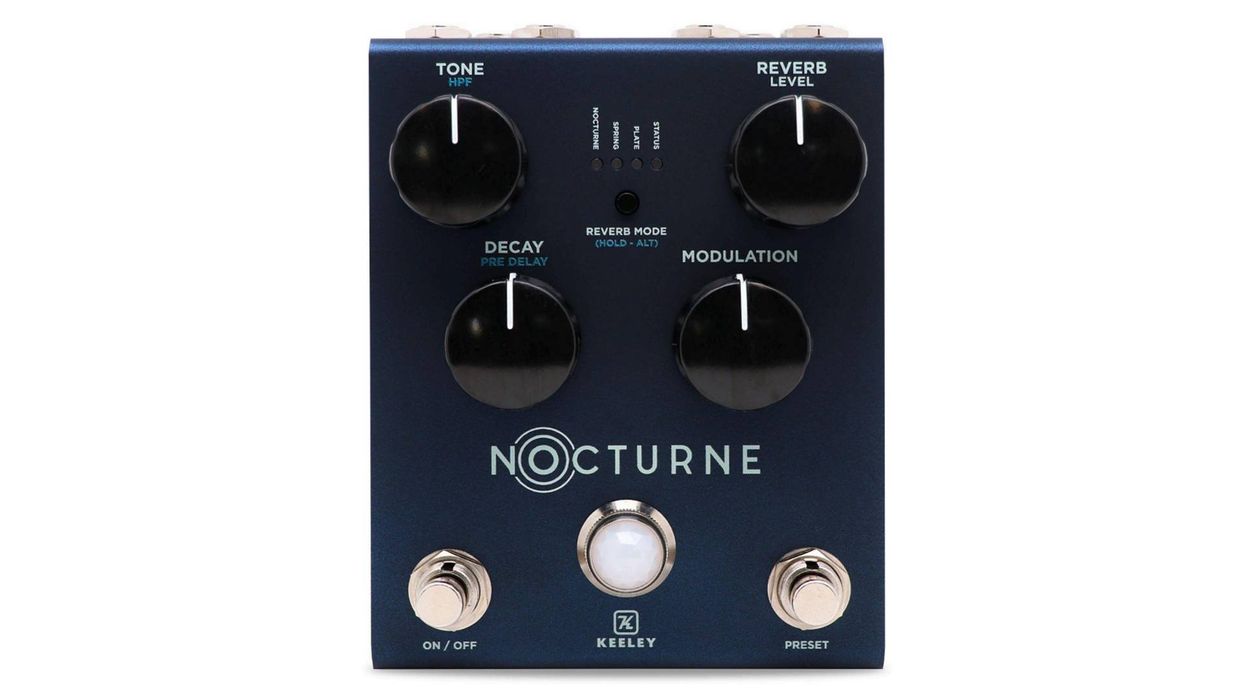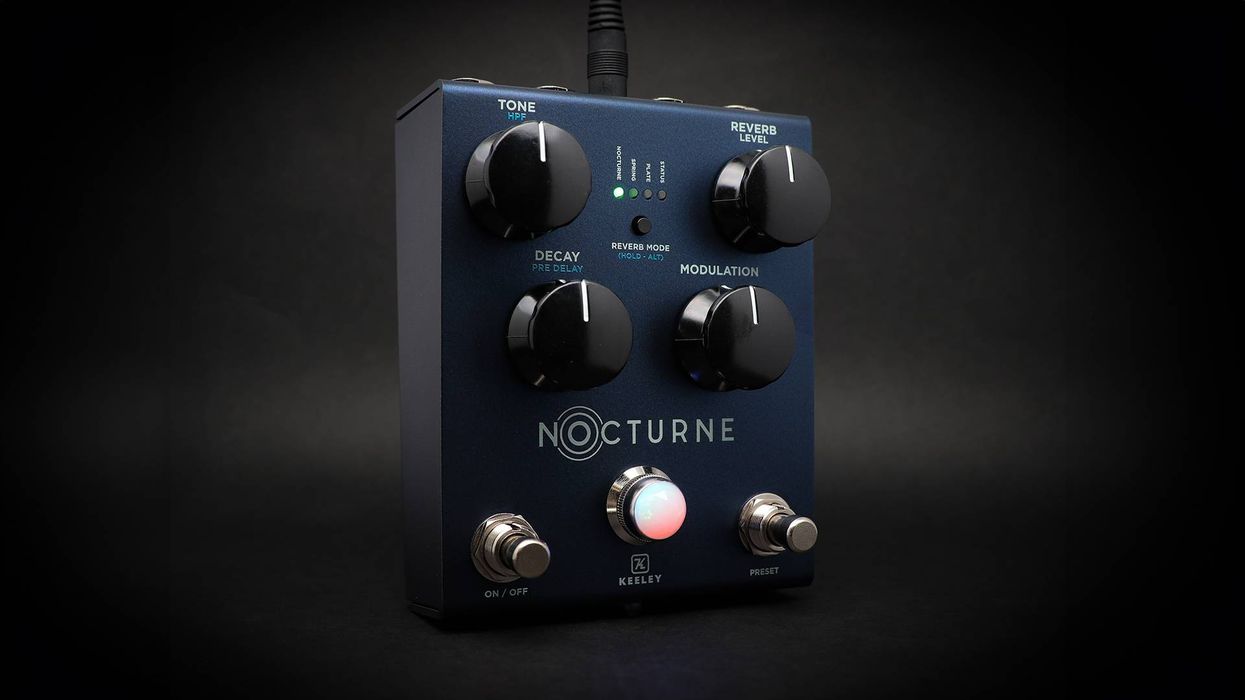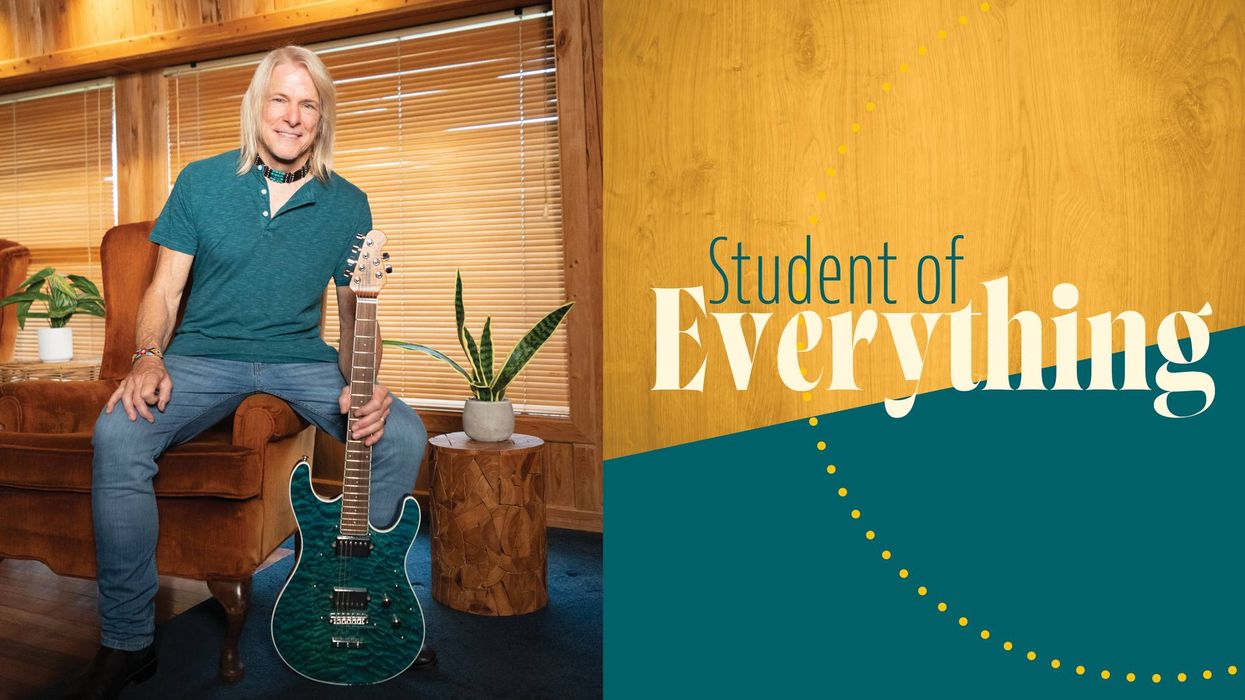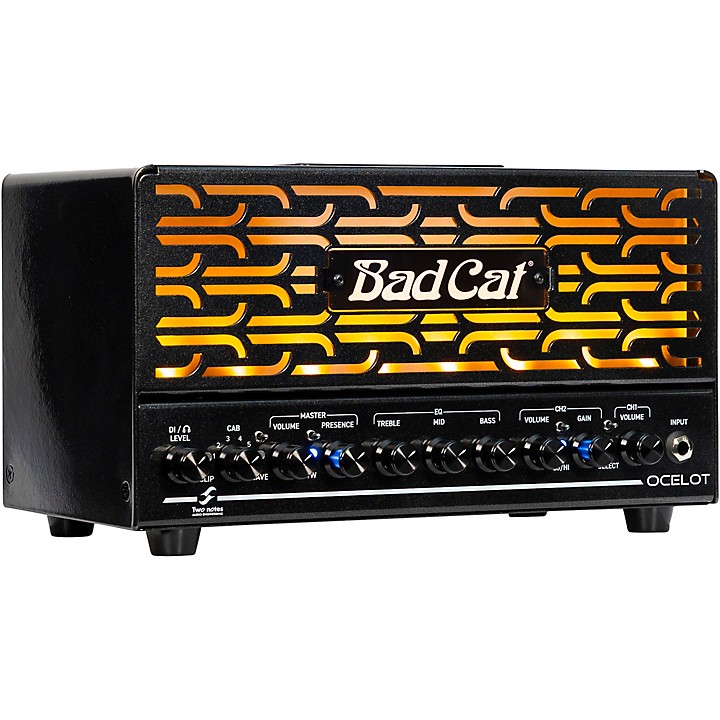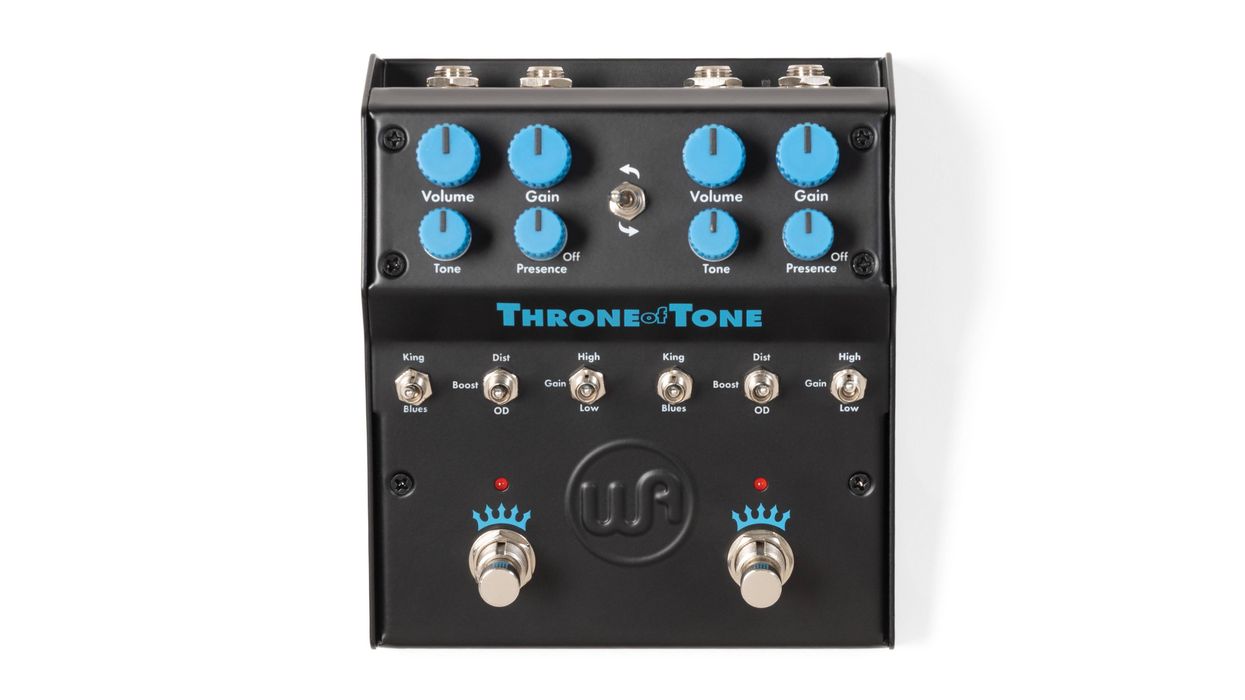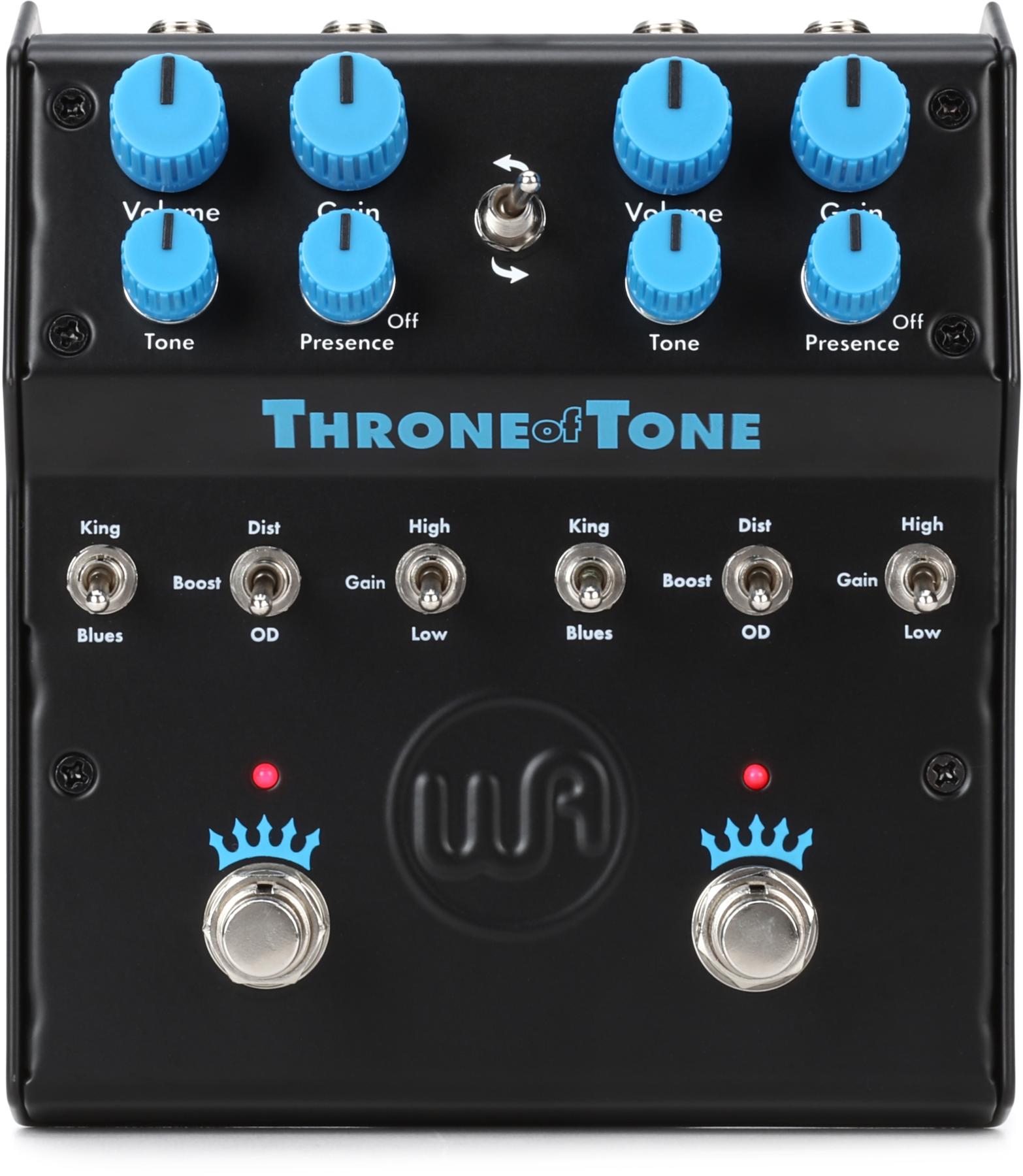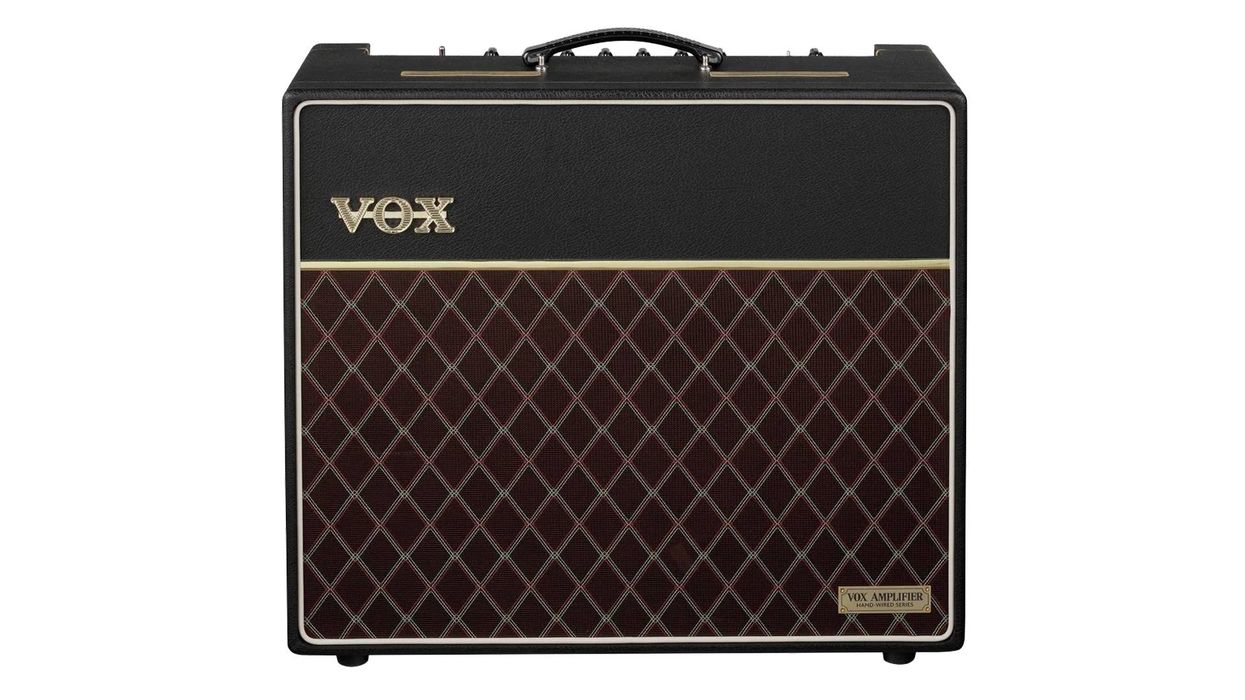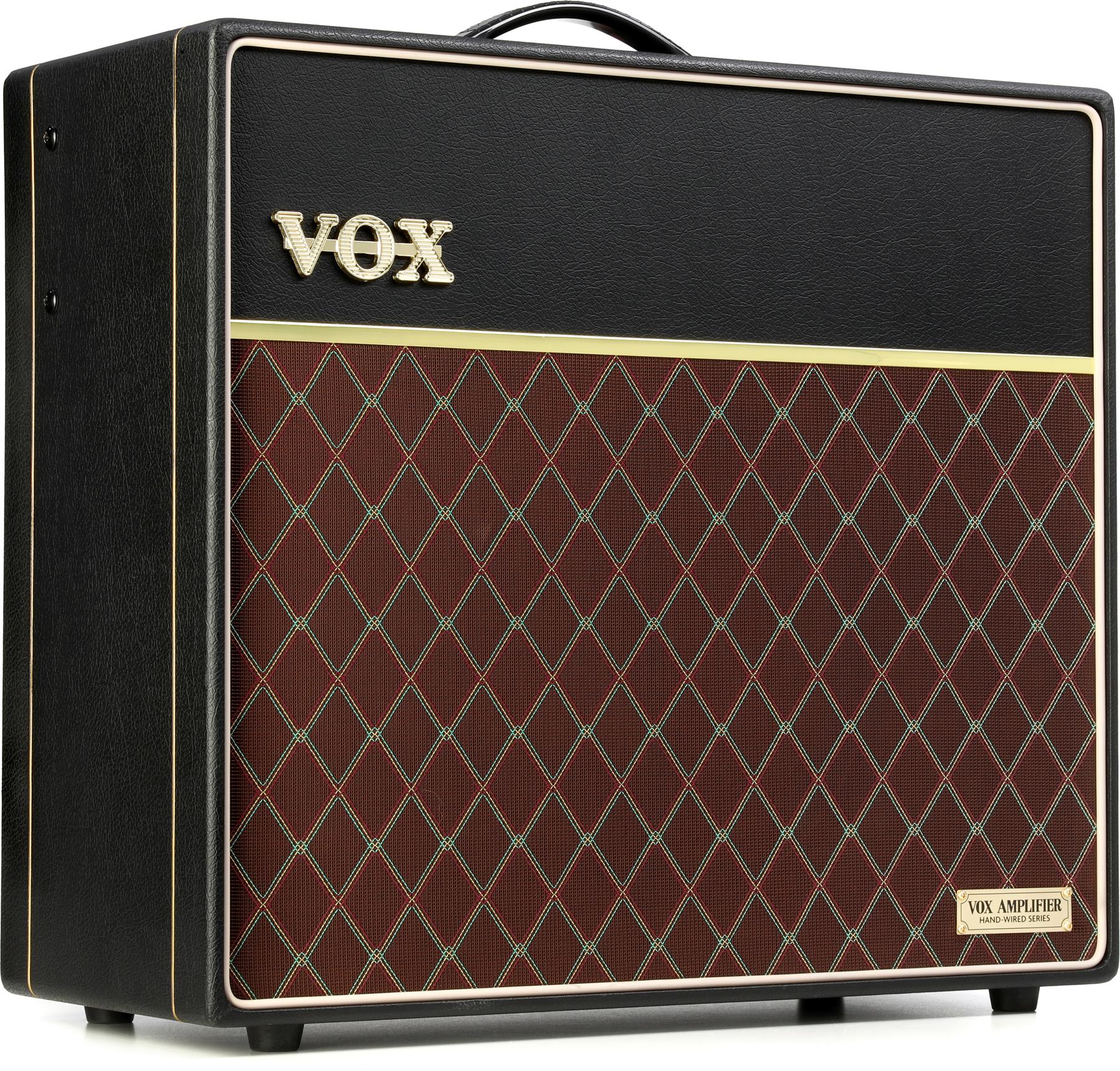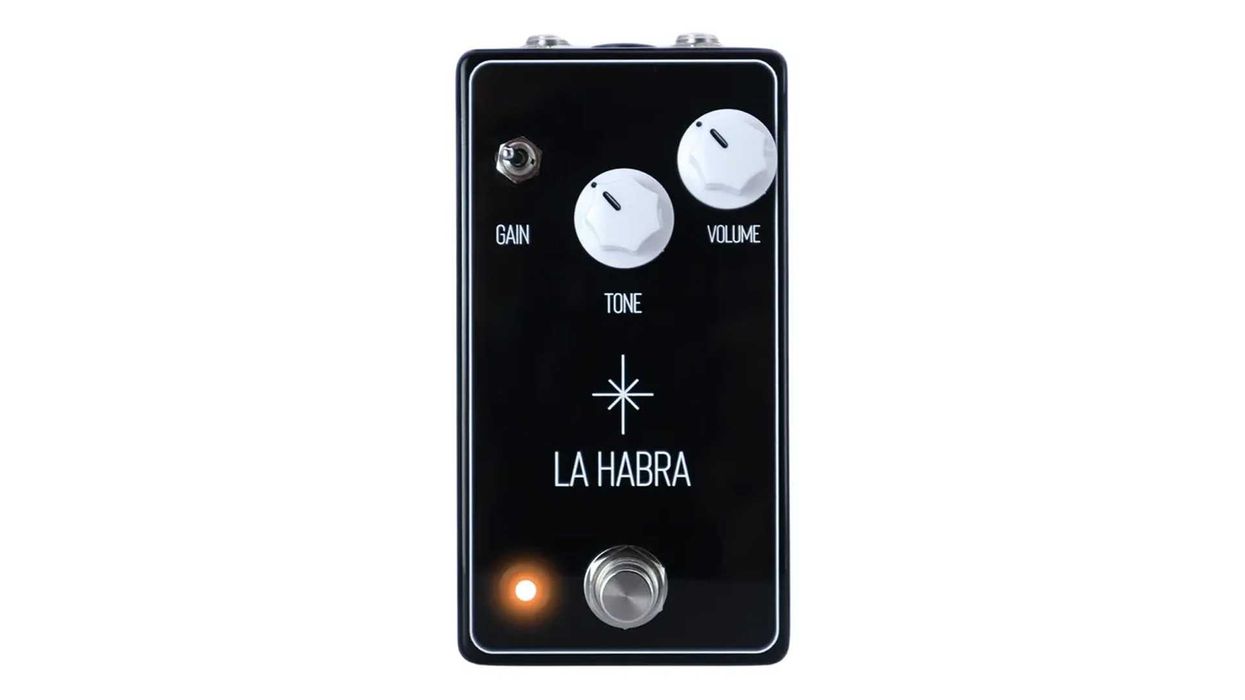A Different Kind of Truth
Interscope
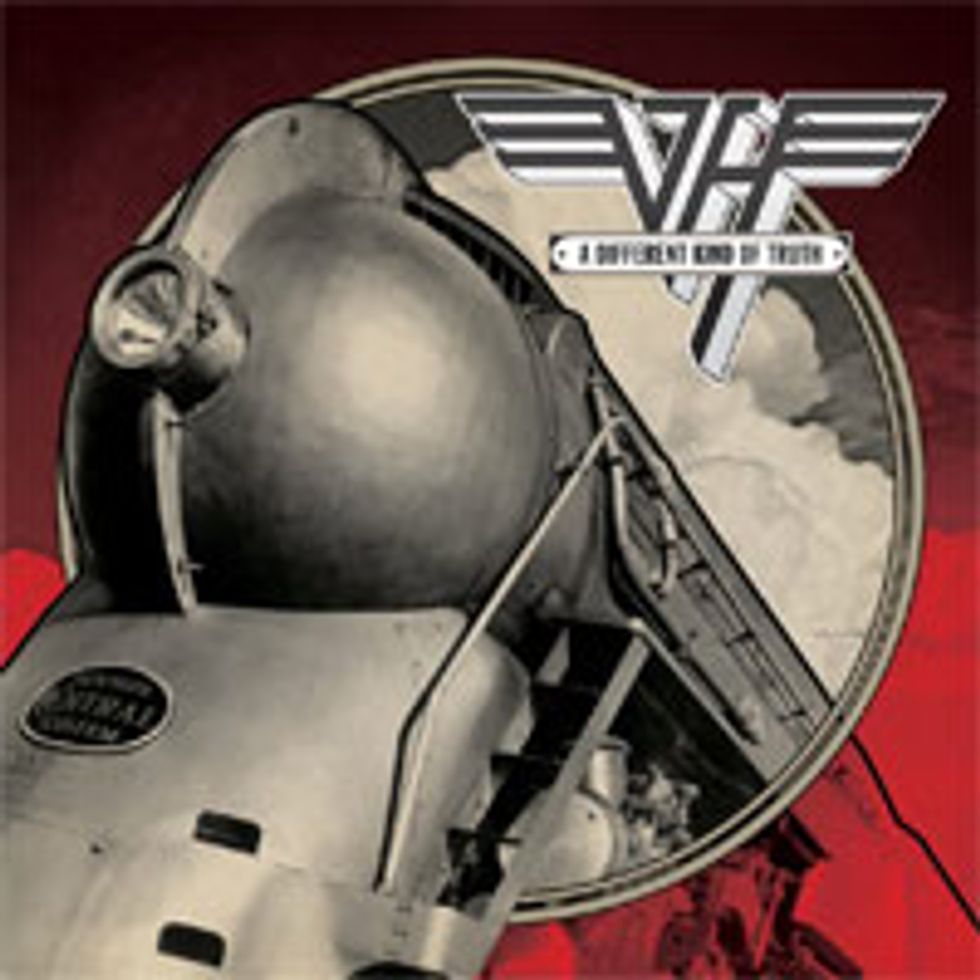 It goes without saying that the first studio album in 14 years from the most influential guitarist of the last 30+ years would be the most hotly anticipated record of the millennium so far. And that sort of history would be daunting for anyone to live up to, even if there hadn’t been two-and-a-half-decades’ worth of tabloid-style drama with David Lee Roth, Sammy Hagar, and original bassist Michael Anthony taking expectations for the newest Van Halen outing to unreasonable heights. But the cold, hard reality is that, with a few exceptions, A Different Kind of Truth—the band’s first full album with Roth in 28 years—is the type of truth that raises a lot of questions.
It goes without saying that the first studio album in 14 years from the most influential guitarist of the last 30+ years would be the most hotly anticipated record of the millennium so far. And that sort of history would be daunting for anyone to live up to, even if there hadn’t been two-and-a-half-decades’ worth of tabloid-style drama with David Lee Roth, Sammy Hagar, and original bassist Michael Anthony taking expectations for the newest Van Halen outing to unreasonable heights. But the cold, hard reality is that, with a few exceptions, A Different Kind of Truth—the band’s first full album with Roth in 28 years—is the type of truth that raises a lot of questions.
Questions like, how is it that a guy who, from the late ’70s and on through the’80s, blew minds all over the planet and inspired legions of kids to take up guitar with his flabbergastingly brilliant tones, techniques, and compositions felt compelled to go back nearly 35 years to source the lion’s share of riffs and chord progressions for Truth? While tunes like “Runnin' with the Devil,” “Light up the Sky,” “Could This Be Magic,” “Mean Street,” “Little Guitars,” “Hot for Teacher,” and even “Finish What Ya Started” upped the ante from album to album and always outpaced the copycats, most tracks on the new record can be traced to mid-’70s songs the band was playing before it had a record deal. All that despite the fact that Ed’s been saying in interviews for the last two decades that he has an endless trove of licks and riffs that he’s constantly adding to in his home studio.
The problem here isn’t that the songs aren’t well executed. Indeed, considering some of the lackluster concert-video footage we’ve been privy to on YouTube over the last few years, the execution on Truth is pretty remarkable. The sad thing here is considering what might’ve been: Other legendary players (Jeff Beck, Brian Setzer, and Sonny Landreth come to mind) continually evolve and blow minds with their willingness to explore new sonic territory without regard for commercial success, but Van Halen seems either too unambitious, too beholden to fans’ nostalgia, or too coldly calculating to put out something other than tunes they know die-hard fans have been listening to on bootlegs such as those from their 1976 gigs at the Goldenwest Ballroom and their pre-deal demos with Gene Simmons. But for those of us who have turned to those bootlegs for sustenance during the dry years, it just feels like a big letdown: Sure, Truth serves up more recording fidelity and polish, but you can’t help but wonder why the 2011-12 arrangements of a player with that much experience under his belt wouldn’t be a little more sophisticated than the cock rock of the hungry kid looking for a record deal in ’75.
Further, whereas Eddie used to inspire us with a fearless spontaneity that depended on almost nothing but a guitar (electric or acoustic), a raging but fairly run-of-the-mill (for the time) Marshall, a flanger or phaser, and an echo, he now has his own brand of guitars, amps, and effects—and he could tap any engineer or producer in the business—and yet his recorded tones today often sound processed and too hi-fi. To be clear, the tones aren’t bad, and I’m not saying Eddie should be plugging into any other brand of gear, but as those old demos and bootlegs prove, Donn Landee and other engineers brought a magical something to Eddie’s recorded tones that hasn’t been there since 1984.
In addition, while past VH work tended to stick in your head because of the songs and the pyrotechnics, this time around “Blood and Fire,” “You and Your Blues,” and “Tattoo,” with its heavily harmonized chorus, are the only ones that seem to do so (and “Tattoo” doesn’t do so for good reasons, either). The fault is mostly Roth’s: Nearly every time he opens his mouth, his strident, perma-vibrato histrionics and creepy Vegas-lounge-act shtick craps all over everything—in your mind’s eye, you can see his perma-grin face mugging for cameras at every turn. One of the only hints at his formerly untouchable frontman glory comes in the final seconds of “Stay Frosty”—perhaps the album’s most inanely lyric’d tune—when he lets loose with a circa-’78 “On Fire”-style scream that most of us thought him no longer capable of.
Listen to "Tattoo":
Truth’s most memorable moments are dizzying technical displays during solos and breakdowns. These parts have a lot of verve—you can really tell Ed, bass-playing son Wolfgang, and Alex are stoked to finally be kicking out new jams—but even the admittedly raging solos and breakdowns are usually bookended by verses and choruses that feel like a cleverly crafted mélange of riffs from past albums and the aforementioned bootlegs and demos. (For example, the beginning of the “As Is” solo sounds exactly like the first tapping section of “Eruption,” and there are numerous examples of the same old ascending tremolo-picked licks we’ve heard a zillion times over). There’s also a fair amount of wah-pedal work that often sounds very Satriani-like. That’s no slam on Satch, but that’s not what I want my EVH to sound like.
Eddie’s most adventurous moments come when he plugs into an effect we’ve not heard him use before. The wild, spiraling rotary-speaker tones on “Bullethead” provide one of the album’s rare, death-defying thrill rides. Similarly, “Honeybabysweetiedoll” begins with wonky weirdness—like EVH’s rig is sending scrambled communiqués to an alien spacecraft—and then finds Ed summoning potent dropped-D fury accentuated by gloriously bristling feedback and Whammy-pedal wailing. Other bright spots include Alex Van Halen’s trademark galloping double-bass-drum grooves on “China Town,” which somehow sound as fresh, if not particularly as original, as they did on “Hot for Teacher” and “Mine All Mine.” And the middle section of “China Town” even has a badass solo section where a deftly shredding Wolfie gives us a hint at what his pop would sound like jamming with Billy Sheehan (think “Elephant Gun”).
Speaking of Wolfie brings up yet more questions: Why is it that original bassist Michael Anthony—whose tasteful, rock-solid playing and distinctive high-pitched background vocals were a huge part of the band’s unique sound—was increasingly sidelined from 1986’s 5150 onward, both in terms of mix prominence and freedom to stray from eighth- and quarter-note rhythms on the root note, and yet Wolfgang seems to have none of those restrictions? To be sure, this is how it should be, and Wolfie proves to be a great bassist who no doubt makes his dad super proud. But the void in VH’s barbershop-quartet-style vocals of yore is ever present and sorely missed.
In the end, A Different Kind of Truth is a mixed bag: It certainly exceeds early expectations set by the head-scratching first single, “Tattoo.” But for music fans more interested in seeing musical greats break new ground, it kind of makes you wish Ed and Alex would take a page from fellow rock god Robert Plant’s book and steadfastly oppose calls for reunions that attempt to put yesteryear’s muse in a state of suspended animation. Instead, they should press forward with the sort of fearless open-mindedness that put them on the map in the first place, even if that means making some tough decisions about singers and venue sizes. —Shawn Hammond
Must-hear tracks: “Bullethead,” “Honeybabiesweetiedoll,” “Blood and Fire”
Hear a clip of "Bullethead":



